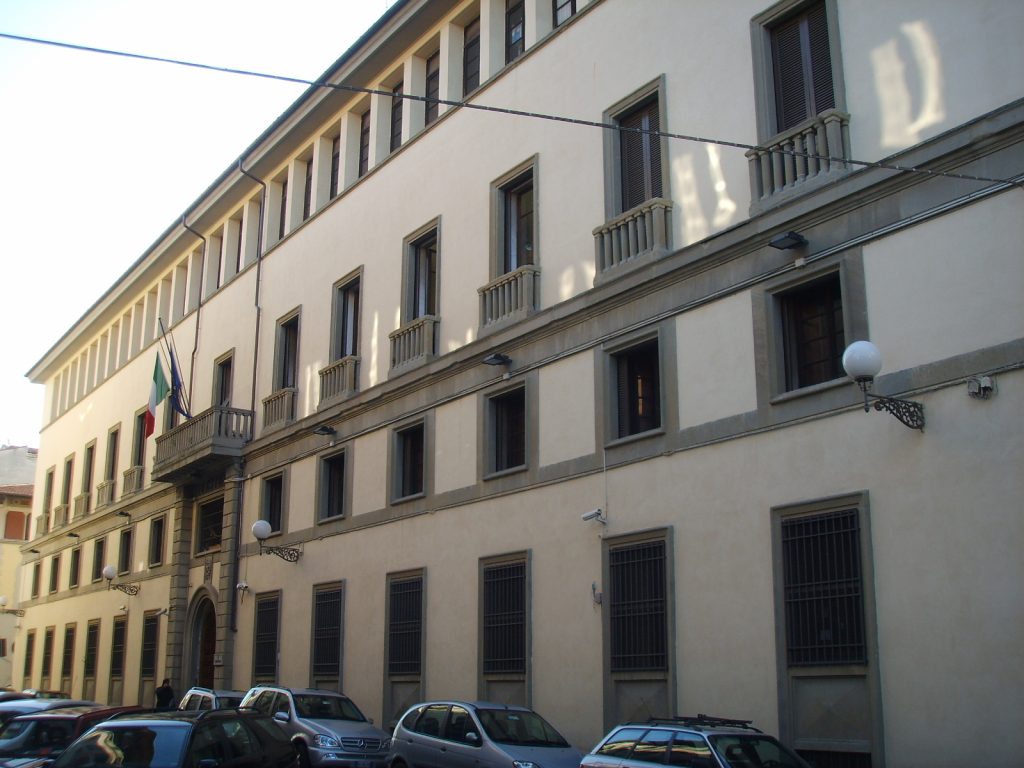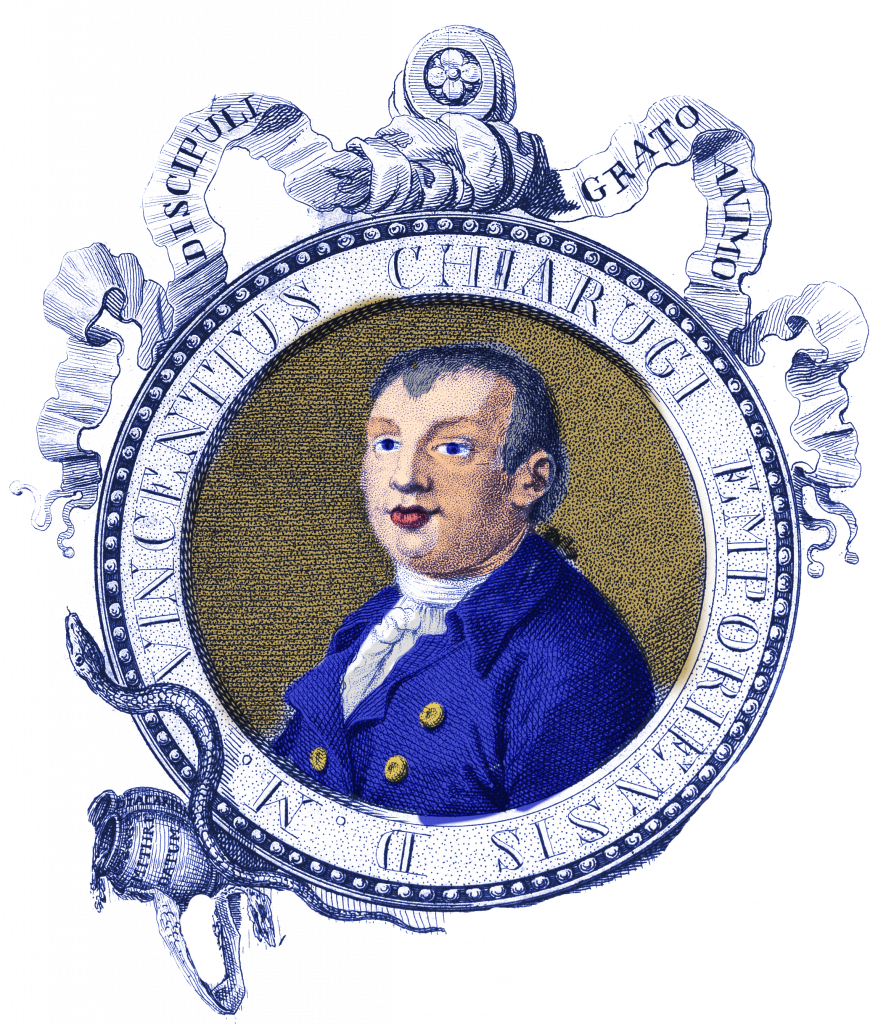Many non-Italians know the large, rather austere, four-storey building at #2 via Zara (flanked by via Duca d’Aosta and via Bonifacio Lupi) very well because it is the site of the Questura. The headquarters of the Italian state police force in Florence is where foreigners who wish to live in the city often spend long hours waiting to apply for or renew their permessi di soggiorno, or resident permits that enable them to live legally in Italy. However, the Florentine Questura palace was not built as a police station. Instead, by incorporating several houses previously owned by the Del Bene family, soldier and diplomat Bonifacio Lupi financed and founded a hospital in 1377, which opened a decade later to care for the old and invalid.

In the beginning, the Bonifacio hospital, as it became known, only had two wards, one for women and the other for men, totalling a mere 34 beds. The military leader and mercenary for several Italian city states, Bonifacio Lupi was born in Soragna, in the province of Parma, in 1316. In 1362, he was appointed as supreme captain in Florence during the war against Pisa, which culminated in 1369, when he acquired Florentine citizenship as well as several properties in the city. In 1388, he moved to Padua, where he died in 1390 and is buried in the San Giacomo chapel in the Sant’Antonio Cathedral there after Florence refused his request to be buried in the baptistery.
Over the following five centuries, the Bonifacio hospital underwent many changes. By the late 1700s, adjacent properties had been added to the complex. On the 1787 order of Grand Duke Peter Leopold of Lorraine, the building was completely renovated and extended by the architect Giuseppe Salvetti to unite all the special hospitals for “invalids, incurables, demented, mangy, and those with ringworm” so they could be treated in isolation. The new portico bore the inscription “Charity Hospital for the Demented”, while, over the years, six other plaques decorated the external walls to show the changes that were slowly made to the building.
The building has been considered an architectural monument and part of Italy’s artistic heritage since 1901. However, via Zara underwent alterations after Florence became the capital of Italy and plans were put into place for Giuseppe Poggi’s new ring roads as part of the city’s major redevelopment. The hospital was gradually reduced in size and turned into a clinic for ophthalmic, consumptive and invalid patients until these too were finally transferred to the recently opened Careggi Hospital or the Montedomini workhouse in 1924. The main part of the building was sold off in lots, except for the original hospital, which was bought by the Province of Florence as offices for the Tuscan education department in 1928 and, a decade later, as headquarters for the Questura in 1938, which has since been subject to various restoration and maintenance works.
ln 1940, one of the commemorative plaques at the old hospital was affixed in memory of the famous psychiatrist Vincenzo Chiarugi (1759-1820). ln 1940, one of the commemorative plaques at the old hospital was affixed in memory of the famous psychiatrist Vincenzo Chiarugi (1759-1820). It credits the medic with establishing “the first civil public assistance system for the mentally ill”. Born in Empoli, Chiarugi graduated in medicine in Pisa in 1780 and began working at the Santa Maria Nuova hospital in Florence.

Between 1785 and 1788, he became director of the Santa Dorotea dei Pazzerelli hospital, established in 1643 for the mentally ill in financial straits, who had previously been segregated in the Stinche prison. There, Chiarugi abolished chains to restrain psychiatric patients, replacing them with softer leather or cloth restraints when needed. In 1788, Chiarugi moved to the Bonifacio hospital and, in 1805, was called upon to put into practice Grand Duke Peter Leopold’s 1774 law reform for the mentally ill. This was the first legislation of its kind in Europe, allowing steps to be taken to hospitalize individuals regarded as insane. Chiarugi believed a therapist should not be a “jailer”, but should win the confidence and trust of his patients to be able to treat them.
The University of Pisa appointed Chiarugi as the world’s first professor of aphrodisiac illnesses and intellectual perturbations, with the obligation of giving lessons at the Bonifacio hospital as chief physician. He would also become the first professor of dermatology and mental illness. Regrettably, Chiarugi never achieved the fame that the French psychiatrist Philippe Pinel enjoyed, despite the fact that Pinel had instituted similar humane reforms several years after his Italian colleague. This is perhaps because, unlike Pinel, Chiarugi had no successors to continue his work outside Italy. After the new San Salvi psychiatric hospital in Florence was inaugurated in 1891, it was named after Vincenzo Chiarugi in 1924.








